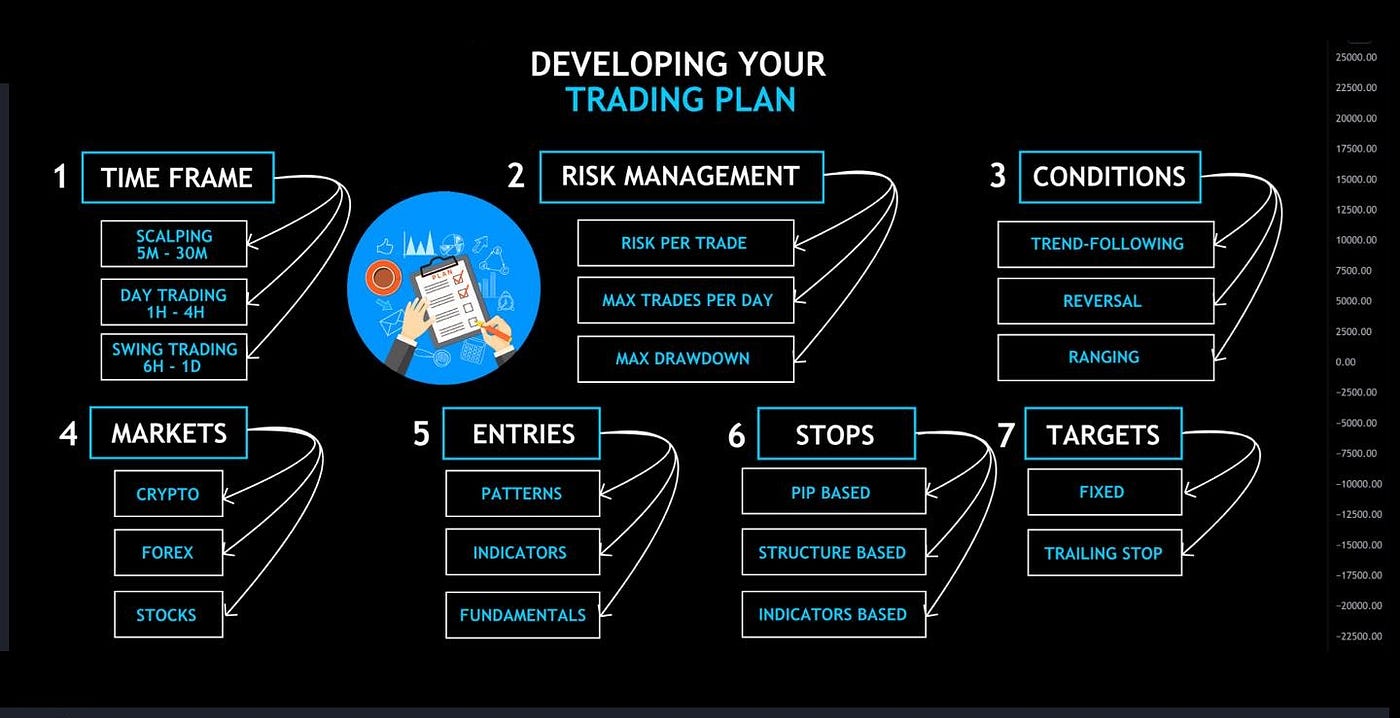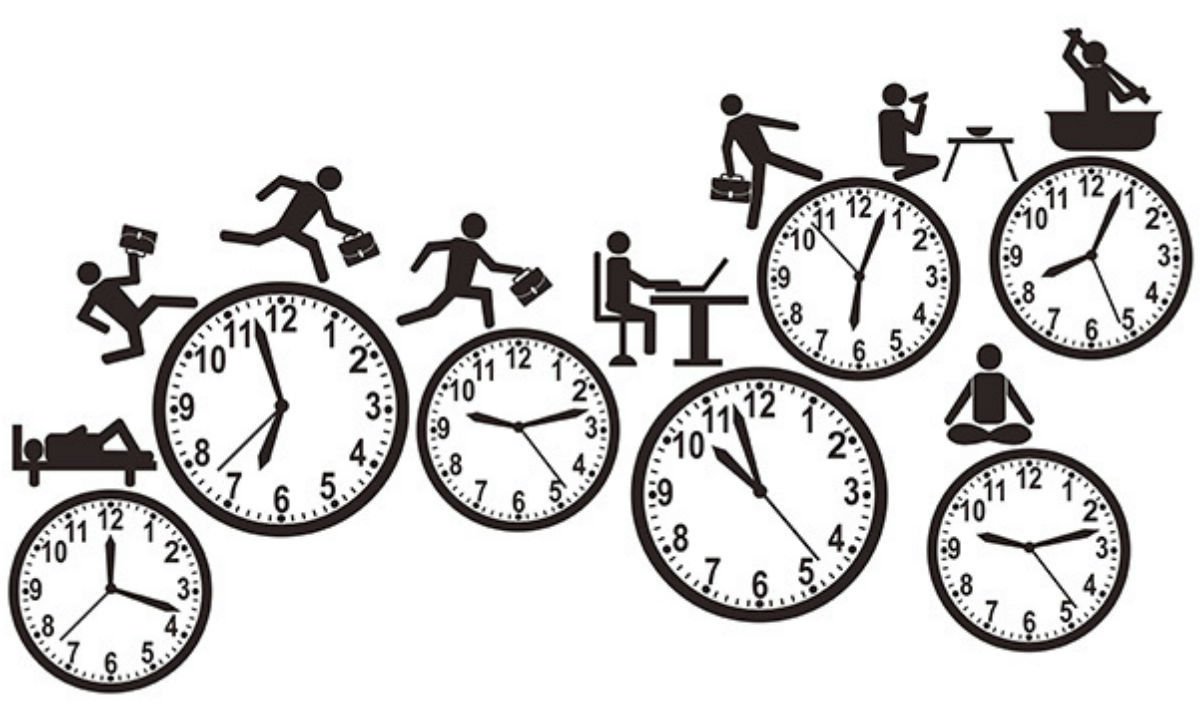Did you know that the average day trader spends less time at their desk than a cat spends napping? Just like those felines, successful day trading requires a precise routine to thrive. In this article, we delve into the essential components of a day trading routine, helping you craft a daily schedule and choose the right time frames to optimize your trading. Learn how to select stocks, manage risk, and utilize the necessary tools and software for success. We’ll also explore psychological factors, effective strategies, and best practices for reviewing your performance. Plus, discover how to stay updated on market news and the role of technical analysis in your trading plan. With insights from DayTradingBusiness, you’ll be equipped to build a disciplined routine while balancing your trading with life’s other commitments. Avoid common pitfalls and set realistic goals to enhance your trading journey!
What are the essential components of a day trading routine?
The essential components of a day trading routine include:
1. Pre-Market Preparation: Review news, earnings reports, and economic indicators that could impact the market.
2. Setting Goals: Define daily profit targets and loss limits to stay disciplined.
3. Technical Analysis: Analyze charts and indicators to identify trading opportunities.
4. Trading Plan: Create a clear plan outlining entry and exit points for each trade.
5. Risk Management: Use stop-loss orders to protect your capital and manage risk.
6. Market Monitoring: Stay focused on market conditions and adjust your strategy as needed.
7. Post-Trade Review: Analyze your trades at the end of the day to learn from successes and mistakes.
8. Continuous Learning: Dedicate time to improve your trading skills through reading or courses.
Incorporating these components will help you build a successful day trading routine.
How can I create a daily schedule for day trading?
To create a daily schedule for day trading, start by setting your trading hours based on market open times. Plan to review news and analyze charts at least one hour before the market opens. Allocate specific time blocks for trading, typically 9:30 AM to 4 PM, with breaks to avoid burnout.
Incorporate a pre-market routine to assess your watchlist and identify potential trades. During trading hours, stick to your strategy, monitor trades, and document your performance. Set aside time at the end of the day for a review session—analyze what worked, what didn’t, and adjust your plan as needed.
Finally, ensure you include time for education and strategy refinement weekly. This structured routine will enhance your focus and improve your trading outcomes.
What time frames should I focus on for day trading?
For day trading, focus on time frames of 1-minute, 5-minute, and 15-minute charts. The 1-minute chart helps capture quick moves, the 5-minute chart provides a balance of detail and clarity, and the 15-minute chart offers a broader view of trends. Use these time frames to identify entry and exit points, monitor price action, and manage trades effectively throughout the day.
How do I select the right stocks for day trading?
To select the right stocks for day trading, focus on high liquidity stocks with significant daily volume. Look for stocks that exhibit strong price volatility to capitalize on quick price movements. Use technical analysis tools to identify trends and patterns. Monitor news and earnings reports that could impact stock prices. Finally, create a watchlist of stocks that meet your criteria and regularly adjust it based on market conditions.
What tools and software are necessary for day trading?
For day trading, essential tools include a reliable trading platform, charting software, and a high-speed internet connection. You'll need a robust computer or laptop, preferably with multiple monitors for better analysis. Key software includes a broker's trading app, technical analysis tools like TradingView, and news aggregation services for real-time updates. Additionally, a good stock scanner can help identify potential trades quickly. Finally, consider using risk management tools like stop-loss orders to protect your capital.
How can I manage risk in my day trading routine?

To manage risk in your day trading routine, set a strict daily loss limit, typically no more than 1-2% of your trading capital. Use stop-loss orders to minimize losses on each trade. Diversify your trades to avoid overexposure to a single asset. Maintain a disciplined approach by following your trading plan and avoiding emotional decisions. Regularly review your trades to identify patterns and adjust your strategy accordingly. Lastly, keep your position sizes small to reduce the impact of any single loss.
What are effective strategies for day trading success?
1. Set Clear Goals: Define daily profit targets and risk limits to guide your trades.
2. Create a Trading Plan: your strategies, including entry and exit points, and stick to them.
3. Establish a Routine: Start your day with a consistent pre-market analysis and review of news affecting your stocks.
4. Use Technical Analysis: Familiarize yourself with charts, indicators, and patterns to make informed decisions.
5. Practice Risk Management: Use stop-loss orders to protect your capital and only risk a small percentage of your account on each trade.
6. Stay Disciplined: Follow your plan without letting emotions drive your trading decisions.
7. Review and Adapt: Analyze your trades regularly to understand what works and refine your strategies accordingly.
8. Limit Distractions: Create a focused trading environment to enhance concentration.
9. Keep Learning: Stay updated on market trends and continuously improve your trading skills.
10. Network with Other Traders: Engage in trading communities for insights, tips, and support.
How do psychological factors influence day trading performance?
Psychological factors like emotional control, risk tolerance, and discipline significantly influence day trading performance. Traders with strong emotional control avoid impulsive decisions during market fluctuations. High risk tolerance can lead to over-leveraging, while low tolerance may cause missed opportunities. Discipline helps traders stick to their strategies and not deviate based on fear or greed. Developing a routine that includes mental preparation, regular breaks, and self-reflection can enhance focus and performance. Mindfulness practices can also help manage stress, leading to clearer decision-making in trades.
What are the best practices for reviewing my day trading performance?

1. Track Trades: Document every trade, including entry and exit points, volume, and reasons for the trade.
2. Analyze Results: Review win/loss ratios, average gains, and losses to identify patterns.
3. Review Strategy: Assess if your trading strategy aligns with your goals and market conditions.
4. Reflect on Emotions: Note emotional triggers that affected your decisions and how they impacted performance.
5. Set Goals: Create specific, measurable goals for the next trading period based on past performance.
6. Seek Feedback: Share your performance with a mentor or trading community for objective insights.
7. Adjust Plan: Revise your trading plan based on findings to improve future performance.
8. Maintain Consistency: Regularly review performance weekly or monthly to stay accountable.
How can I stay updated on market news and trends?
To stay updated on market news and trends for day trading, follow these steps:
1. Use Financial News Websites: Regularly check sites like Bloomberg, CNBC, and Reuters for real-time updates.
2. Subscribe to Newsletters: Sign up for daily or weekly newsletters from reliable trading platforms to receive curated news.
3. Follow Market Analysts on Social Media: Engage with traders and analysts on Twitter or LinkedIn for insights and live commentary.
4. Utilize Trading Apps: Download apps like Robinhood or E*TRADE that offer market news alerts tailored to your interests.
5. Join Trading Communities: Participate in forums, Reddit threads, or Discord groups focused on day trading for shared tips and trends.
6. Set Up Google Alerts: Create alerts for specific stocks or market events to receive notifications directly to your email.
7. Watch Economic Calendars: Keep an eye on economic calendars to track upcoming reports and events that could impact markets.
By incorporating these strategies, you’ll stay informed and enhance your day trading success.
Learn about How to Stay Updated on Crypto Market News for Day Trading
What role does technical analysis play in day trading?
Technical analysis is crucial in day trading as it helps traders identify price patterns and trends, assess market conditions, and make informed decisions quickly. By analyzing charts, indicators, and volume, traders can spot entry and exit points, manage risk, and optimize their strategies. It enables a systematic approach to trading, allowing for adjustments based on real-time data. Ultimately, technical analysis enhances a trader's ability to capitalize on short-term market movements effectively.
How can I develop a trading plan that fits my style?
To develop a trading plan that fits your style, start by identifying your trading goals and risk tolerance. Determine whether you prefer short-term trades or longer holds. Next, analyze your preferred markets and assets. Create specific entry and exit strategies, including criteria for taking profits and cutting losses. Set a daily routine that includes market analysis, trading hours, and review sessions. Keep a trading journal to track your performance and refine your approach. Lastly, stay flexible and adjust your plan as you gain experience and insights.
Learn about How to Develop a Futures Day Trading Plan
How Can I Build a Successful Day Trading Routine?

Day trading is the practice of buying and selling financial instruments within the same trading day to capitalize on short-term market movements. A successful day trading routine should include setting specific goals, developing a trading plan, using technical analysis, managing risk with stop-loss orders, and maintaining discipline throughout the trading day.
Learn more about: What is Day Trading?
Learn about How to Build a Day Trading Stock Portfolio
What common mistakes should I avoid in day trading?
Avoid these common mistakes in day trading:
1. Lack of a Plan: Don’t trade without a clear strategy. Define your entry and exit points before you start.
2. Ignoring Risk Management: Always set stop-loss orders to protect your capital and avoid excessive losses.
3. Overtrading: Resist the urge to make too many trades. Focus on quality over quantity.
4. Chasing Losses: Don’t try to recover losses by making impulsive trades. Stick to your strategy.
5. Emotional Trading: Keep emotions in check. Decisions should be based on analysis, not fear or greed.
6. Neglecting Research: Stay informed about market trends and news. Ignoring this can lead to poor decisions.
7. Inadequate Record Keeping: Track your trades to analyze performance and improve your strategy over time.
8. Ignoring the Trading Plan: Don’t deviate from your established plan based on short-term market moves.
By avoiding these mistakes, you'll strengthen your day trading routine and increase your chances of success.
Learn about Common Mistakes in Day Trading Scalping and How to Avoid Them
How do I set realistic goals for my day trading?
To set realistic goals for day trading, start by assessing your current knowledge and experience level. Define specific, measurable targets, like a percentage return on investment or a set number of trades per day. Focus on risk management; aim to limit losses to a small percentage of your capital. Establish a daily routine, including time for research and analysis. Track your performance and adjust your goals based on what works and what doesn’t. Keep your objectives achievable to maintain motivation and avoid burnout.
Learn about How to Set Realistic Goals in Day Trading
What is the importance of discipline in a day trading routine?
Discipline is crucial in a day trading routine because it helps maintain consistent decision-making and emotional control. It prevents impulsive trades driven by fear or greed, ensuring that traders stick to their strategies and risk management rules. With discipline, traders can effectively analyze market conditions, adhere to planned entry and exit points, and avoid overtrading. This structured approach leads to better performance and minimizes losses, ultimately fostering long-term success in day trading.
How can I balance day trading with other life commitments?
To balance day trading with other life commitments, create a structured routine. Set specific trading hours that align with your daily schedule, ideally during times of high market activity. Plan your trading sessions around your most important responsibilities, like work or family time. Use a trading journal to track your progress and optimize your strategy efficiently. Limit distractions by designating a quiet workspace. Prioritize self-discipline; stick to your trading plan and avoid impulsive decisions. Lastly, schedule regular breaks to recharge and maintain focus.
Learn about How to Balance Day Trading with Other Responsibilities
Conclusion about Building a Day Trading Routine for Success
In conclusion, establishing a successful day trading routine hinges on a structured approach that encompasses essential components such as a daily schedule, risk management, and effective strategies. By focusing on the right time frames, selecting suitable stocks, and leveraging necessary tools and software, traders can enhance their performance. Additionally, understanding psychological factors and adhering to best practices for performance review is crucial. For ongoing success, staying informed about market trends and developing a tailored trading plan are vital. Embrace discipline and balance to navigate the complexities of day trading effectively. For comprehensive guidance and support in crafting your trading journey, rely on DayTradingBusiness.
Sources:
- Skills That Separate You as an Investment Manager: Introspection ...
- Setting the future of digital and social media marketing research ...
- The World Bank In Viet Nam
- Artificial intelligence (AI) applications for marketing: A literature ...
- Digital transformation: A multidisciplinary reflection and research ...
- Artificial intelligence, firm growth, and product innovation ...